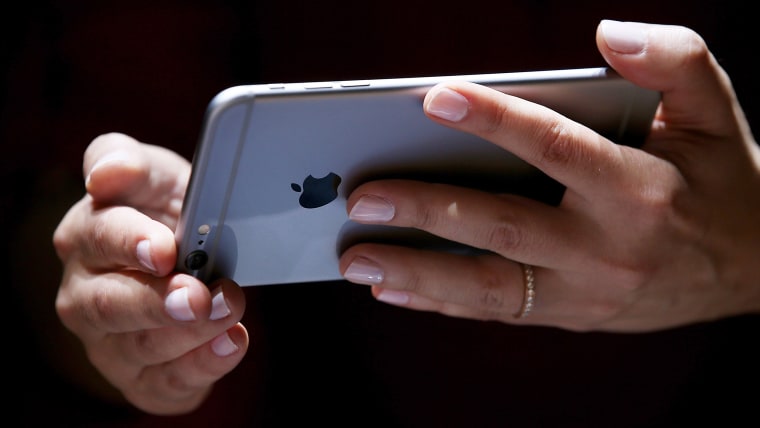“There’s an app for that” may be Apple’s slogan, but it’s an idea most of us living in the year 2016 can relate to. Our devices help us keep track of the news, our grocery lists and even our loved ones. So why not our finances? It makes sense that staying financially on track could be achieved the same way we stay organized in other aspects of life — digitally.
This is an idea that may appeal particularly to millennials, explains millennial money expert Stefanie O’Connell. “Financial technology is what I think of as the saving grace for young people because it’s taken things like great investment options and made them low-cost and accessible,” says O’Connell.
That’s important for a generation bogged down by starting salaries and student loan debt. “You used to need a net worth of some $250,000 for some financial adviser to start talking to you; now, you can start investing with your spare change on your phone.”
RELATED: A guide to shopping at warehouse stores: Here's what to buy and what to skip

But even if you’re an Gen Xer or Boomer, some of these apps may deserve a place on your device. Here are five to consider — and they're all free to download on iOS or Android.
1. Acorns
How many college students can come up with the minimum lump sum necessary for investment balance requirements? Not many, decided Jeff Cruttenden, who co-founded Acorns with his father (a financial markets innovator). The app makes investing much more accessible by investing the spare change from a user’s debit card purchases in a diversified portfolio. “For a lot of people, that’s a way to get really used to investing, maybe for the first time on your own,” says O’Connell. “And you hopefully set it and forget it, and watch it grow.”
2. Level Money
This app bills itself as the “mobile money meter,” and its goal is to bring users a clear picture of their finances while offering them the amount it’s safe for them to spend for the day, week and month. It’s essentially a tool to track your cash flow. “Level Money acts as a kind of GPS to keep you on track of achieving your financial goals in the day-to-day reality of your day-to-day spending,” she says.
3. Even
Knowing the same amount of money will be in every paycheck is a luxury many take for granted when it comes to financial planning. It’s unsettling not to know what the weeks or months ahead might hold. (Especially as far as paying bills and debt.) That’s where Even comes in.
It does something called “income smoothing,” says Zeno Group’s Aaron Conn, who works on the app's marketing team. It calculates how much users make, on average, then when they get paid more than that, it calculates the right amount to save. Then, if your paycheck is below average, it’ll add to it — interest-free — from your reserves.
RELATED: Ready to get serious about saving for retirement? Here's what you need to do
4. Mint
Mint’s not new in the space, but still deserves its perch among our favorites. Its goal is to show a user the financial big picture. The app displays all balances and transactions in one place, and users can track spending patterns by adding accounts, cards and bills. Users can choose how much to budget for each category of spending (food, bars, travel, etc.), and Mint notifies them when they’re approaching the limit.
Mint Bills, a spinoff app, is just what it sounds like — a one-stop shop for payments on utilities, credit cards, rent and everything else you might owe. The app’s goal is to keep users organized and up-to-date on payments with reminders and clear displays of remaining available cash and credit.
Digit
Digit automates your savings, which is pretty much the golden rule when it comes to socking money away in this day and age. But the special thing about this app is that it gauges how much to save for you by checking your spending habits. Every two or three days, the app usually transfers between $5 and $50 from your checking account to your savings account. Sound scary? It does this based on your spending record, and — the key — only if you can afford it. It even has a no-overdraft guarantee, and users can access their savings anytime with unlimited transfers and no minimums or fees. O’Connell says apps like this “can be the HR department you never had to help you start setting up your retirement account and take charge of your finances for yourself.”
Additional reporting by Hayden Field